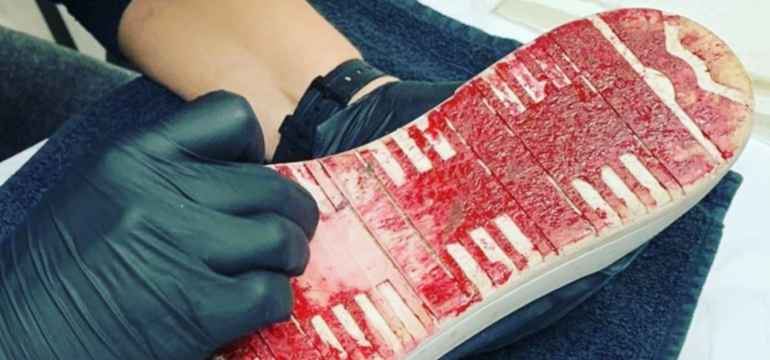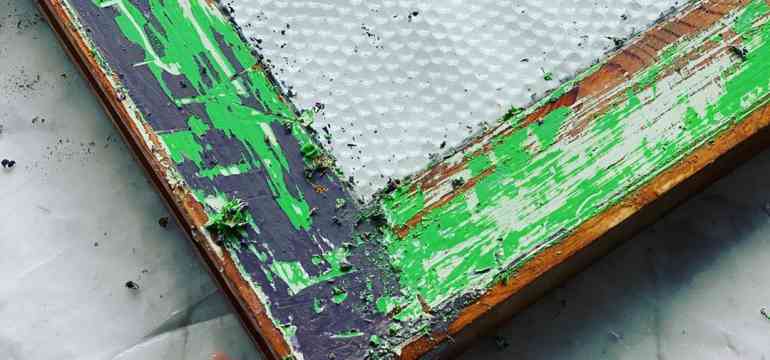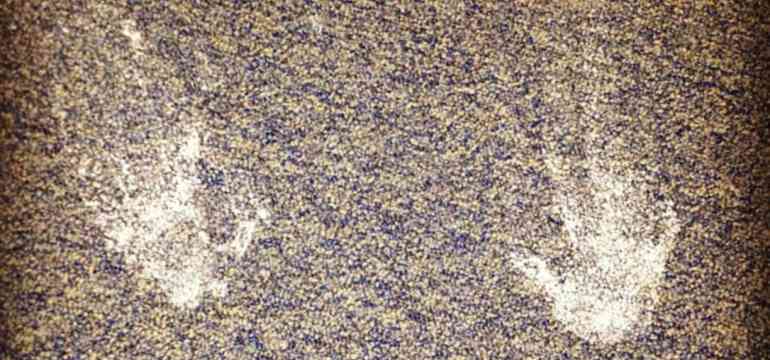Are you refinishing an old piece of furniture or doing some redecorating in your house? There are many reasons why you might want to remove an old layer of paint from something around your home. You can easily make a quick trip to your local home improvement store for a bottle of chemicals that promises to remove the paint. However, many people prefer to use ingredients found around their homes in order to save themselves a trip to the store.
Each type of surface requires a different approach to a paint remover. If you want to learn how to make your own paint stripper, here are the basics that you need to know about when and how to use each variety.
Homemade Paint Remover for Wood

Wood is a relatively gentle material, so you may want to avoid the use of harsh chemicals that can damage its surface. Learning how to make a homemade paint remover is relatively simple and can be done without ruining your furniture or handcrafted items. All you need is a little bit of washing soda. You can purchase a large box of washing soda down the laundry detergent aisle at your local grocery store.
- Pour one cup of cold water into a small bowl and combine it with a few tablespoons of the washing soda. Add in a spoonful of flour and stir until it is combined with the washing soda and water.
- Continue to add a spoonful of flour until the consistency of your mixture is like a thick toothpaste or cream.
- Brush your new paste over the top of the wooden surface where you wish to remove the paint. Allow it to rest for thirty minutes before rinsing it off.
- You will need to gently scrape the paint away from the surface with a scrub brush to remove every last shred of paint. Be careful not to scrub too hard, or you may damage the surface of the wood.
This type of homemade paint remover is likely to be too mild to remove oil-based paints but should work fine on latex-based paints.
If this method does not work, you may attempt to use heated vinegar to scrub away unwanted paint.
- Heat a small dish of vinegar in the microwave or on the stovetop.
- Using a clean sponge, apply it to the surface of your furniture or anywhere you have paint that needs to be removed.
- Allow it to soak for ten to fifteen minutes. This should be a sufficient amount of time for the vinegar to soften the paint and allow you to easily scrape it using a paint scraper.
Homemade Paint Remover for Metal

When it comes to removing paint from a metal surface, you may find that it takes a little more elbow grease and some harsher chemicals. Unlike wood that can easily gouge, metal is a tougher material that can handle being scrubbed. As a result, you may prefer to use steel wool or a metal scrubber in order to apply your homemade paint remover to any of your metal surfaces.
Instead of using gentle ingredients like baking soda and vinegar, you can increase the strength of this solution.
- Mix together one part each of Borax, ammonia, and washing soda. Be careful with this combination because it is extremely powerful. In fact, these ingredients are commonly found in fertilizers.
- Mix the powdered ingredients together in a bowl and then dissolve them into two liters of water.
- Paint the solution onto your metal surface and allow it to soak for thirty minutes.
- Take your steel wool and dip it into clean, warm water before scrubbing away.
Alternatively, you may find that you do not need a homemade paint remover for metal at all. If you are trying to strip the paint from small metal items such as hardware, all you have to do is boil them.
Add ¼ cup of baking soda into a pot of boiling water and let your metal pieces soak for twenty minutes. If any paint still remains on the surface of the metal, feel free to scrub it away with an old toothbrush.
Homemade Paint Remover for Plastic

If you have paint that has dried on a plastic surface, you may not need any kind of chemicals at all to remove it. Many people find that they can use a paint scraper and a bit of elbow grease to loosen up dried-on paint stains. Apply pressure gently, trying to lift up one corner for leverage. By going slowly, you can avoid damaging the plastic by gouging it with a paint scraper or a razor blade.
Scraping it may not work for you, so there is another alternative. In order to remove paint from plastic, you have to steer clear of harsh chemicals that can melt the plastic. Rubbing alcohol is a safe alternative that can loosen up paint. Make sure to wear gloves and protect your skin when working with isopropyl alcohol.
- Pour the alcohol over the surface that has unwanted paint.
- Allow it to soak for a few minutes and then get to work scrubbing.
- Scrub firmly with a rag or a soft-bristled brush until the paint eventually comes loose. While this may be tiring for your arms and hands, it is the best way to remove paint from plastic without damaging it.
Stubborn Paint Stains

Lye sometimes referred to as sodium hydroxide, is another great paint remover solution for stubborn paint stains. If you have attempted some of the other methods in this listing and still find that you need a stronger homemade latex paint remover, then lye is your next step.
Keep in mind that this is the most dangerous chemical on this list of homemade paint removers. You will need to follow extra safety precautions when working with lye. Acid-resistant gloves are an absolute must-have in order to protect your skin. You must also work in an outdoor area so that you have proper ventilation and access to clean air.
- In a large multipurpose bucket, mix one gallon of water with a half-cup of lye powder and a half-cup of corn starch.
- Stir the mixture together using a wooden paint stirrer found near the paint counter of your local home improvement store.
- When the powders are dissolved, apply it to the surface of the paint using a paintbrush.
- Wait five minutes for the lye to do its work and then attempt to scrape the paint off with a metal scraper.
- The paint should be extremely loose and easy to remove at this point. If it is not, apply some warm vinegar over top and repeat.
- When you are finished with the lye, apply vinegar or water to the surface and rinse. This allows you to get rid of the final traces of lye so that you can go back to handling your furniture as usual.
Removing Paint from Carpet

Do you need a homemade paint remover for carpet instead? If you have been painting a new room of your home and got a few drops on the carpet, you need a solution that isn’t going to bleach your floor covering. Latex-based paints are water-soluble and can be easy to remove from the carpet with just hydrogen peroxide and water.
- Begin by gently pouring water onto the stained area.
- Blot the area with a paper towel to remove as much of the paint as possible.
- When nothing more comes up, take a clean piece of white cloth and soak it in hydrogen peroxide.
- Dab the affected area on the carpet with this new cloth and keep it there for roughly one hour.
- When the hour is up, check the carpet to see how much of the stain remains. You may need to repeat this process several times in order to get all of the paint out of the fibers of the carpet.
Remember that it is important to dab at the spot instead of rubbing it. Dabbing allows you to pull the stain out of the carpet while rubbing pushes the color deeper down into the fibers and pad.
Safety Precautions for Homemade Paint Removers
Purchasing your paint remover from a local home improvement store means that you could be purchasing extremely harsh chemicals. These chemicals can damage your precious items, as well as trigger health concerns for your lungs and skin. Many people tend to shy away from buying these commercial products and are instead learning how to make their own paint stripper.
Just like purchasing it from the store, there are a few safety precautions you should still take. Some of the ingredients used in homemade paint removers are still harsh to the skin and lungs.
Consider investing in a pair of excellent rubber gloves that fit comfortably to protect the skin from drying or cracking after exposure to the ingredients found in these paint strippers. You may also want to wear a respirator or a face mask to protect yourself from inhaling the fumes.
Conclusion: Making Your Own Paint Stripper
With a handful of ingredients and a little bit of skill, you can easily learn how to remove stubborn paint stains from furniture, moldings, hardware, and more. It doesn’t take much to loosen paint if you have some of these products on hand.
Don’t be afraid to use a little elbow grease to really lift those paint stains out of the wood, metal, plastic, or carpet. It may require a bit of your time in order to remove the paint entirely, but in the end, you will have like-new furniture and hardware!
- Using Borax in the Dishwasher - May 27, 2020
- Towel Ring Height and Other Fixtures: Proper Measurements - May 1, 2020
- Homemade Paint Removers for Every Surface - April 27, 2020
